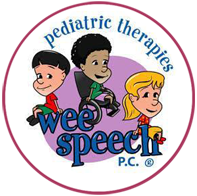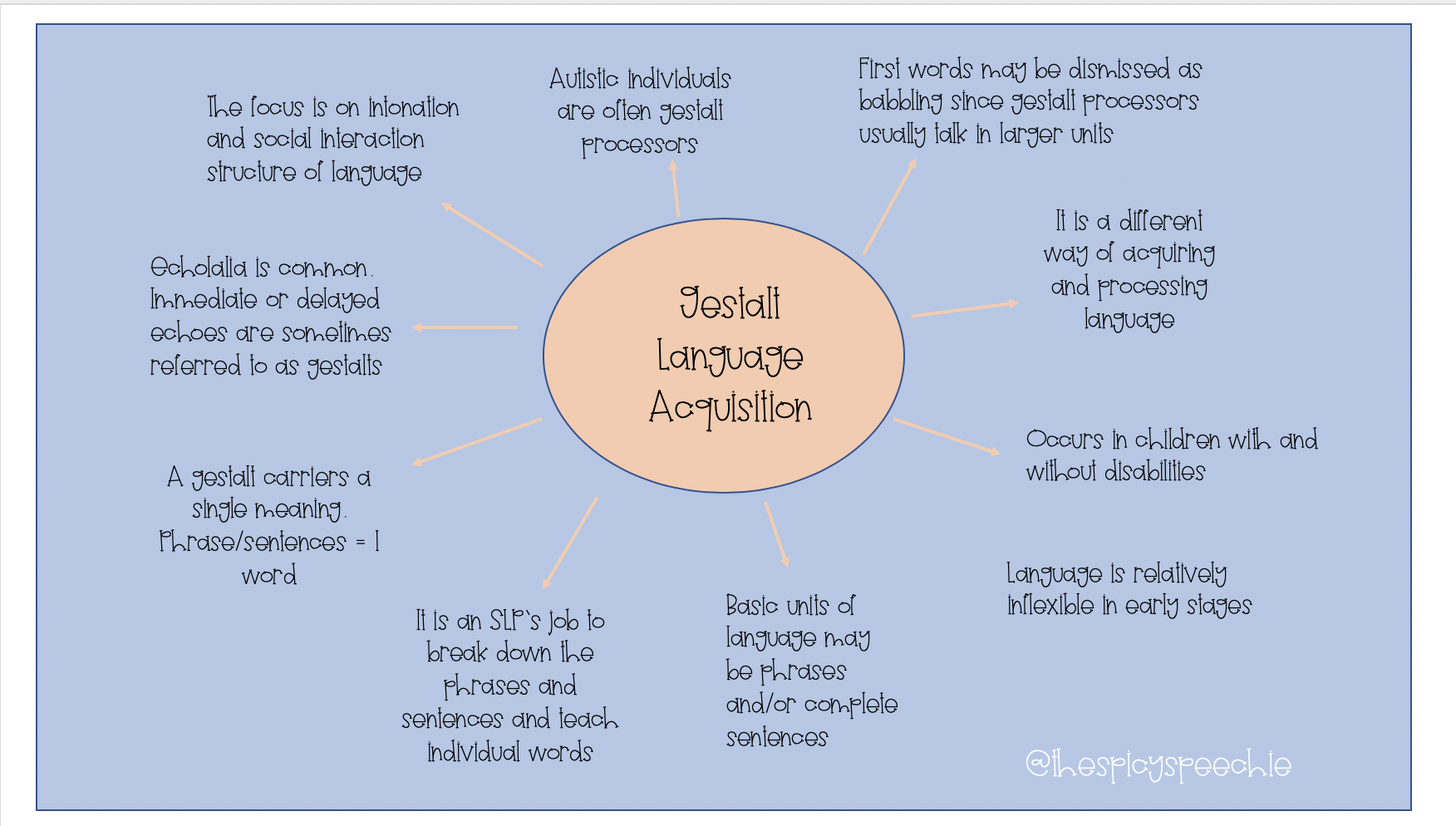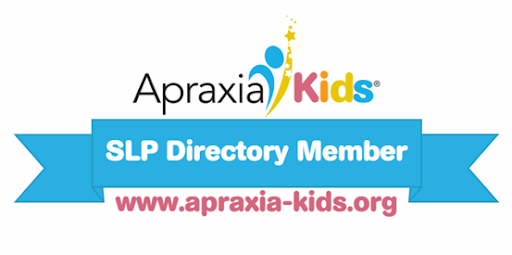Increasing Joint Attention at Home
During your speech therapy sessions, your speech-language pathologist may suggest working on increasing joint attention. Joint attention is the ability to share focus on the same object with another person. This is a skill we use all the time with toddlers without even thinking about it. We need joint attention to read a book together, play peek-a-boo, and participate in songs and fingerplays. Without these foundational skills, early talkers have a difficult time creating meaningful communication opportunities with others. So, how can parents work on increasing joint attention at home? Below are some ideas and tricks to use during play and daily routines. Row Your Boat: Incorporating familiar songs into a fun, interactive activity is always an easy way to




